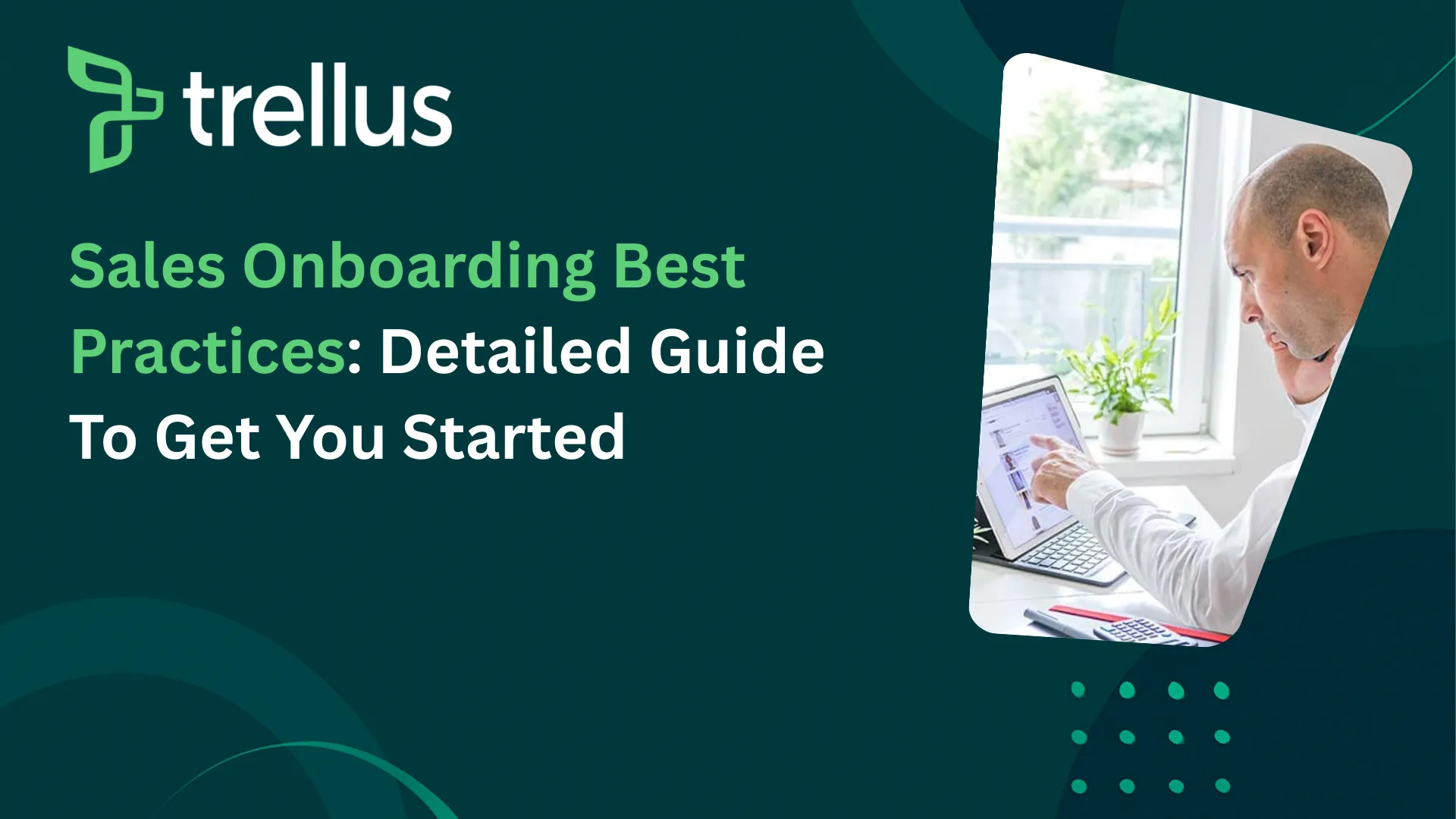
Our Top Picks


3 Reasons Why Power Dialers Outperform Parallel Dialers for Streamlining B2B Sales Processes
In the competitive world of B2B sales, leveraging the right technologies can give your team a significant advantage. Dialing systems are at the forefront of this technological revolution, empowering sales teams with tools that streamline processes and boost productivity. This article will explore the contrast between two prominent dialing systems: power dialers and parallel dialers, and why power dialers are the superior choice for B2B sales teams.
Understanding the Difference
While parallel dialers allow multiple calls to be made simultaneously, they often come with drawbacks such as dropped calls and management inefficiencies. In contrast, power dialers offer a focused approach, calling one contact at a time and moving to the next instantly upon call conclusion or non-answer. This method greatly enhances conversation quality and lead management, which are integral to the B2B landscape.
Choosing the right dialing system is not just a minor operational decision – it's a strategic move that can significantly influence your B2B sales team's overall performance. Power dialers have risen as the more sophisticated option, providing seamless automation and intelligent functionalities that are tailored for strategic outbound teams.
- Efficiency Without Sacrifice: Power dialers are designed to ensure continuous calling with minimal downtime. Unlike parallel dialers that can lead to a delay in connection with a prospect, a power dialer immediately connects to the lead as soon as the call is answered. This instant connection maximizes your conversations, focuses on converting high-potential leads, and streamlines the calling process. By automating mundane tasks, power dialers free up sales reps to concentrate on selling, without the downside of parallel dialers.
- Maximize Your Leads: Since parallel dialers call multiple numbers at once, when a call connects, all other calls drop, sometimes only a few seconds into ringing. This interaction with your leads makes them less likely to answer your call in the future, lowering connection rates. This combined with decreased preparation for each call, lowering call conversion rates, quickly burns through your total addressable market (TAM) and leads. In comparison, when using a power dialer, sales reps can always access lead profiles and interaction histories directly in your Sales Engagement Platform (like Salesloft or Outreach). By ensuring that reps are always prepared for each call, you can boost efficiency with a human approach. This integrated functionality ensures that leads are meticulously converted and valued throughout the sales process.
- Increased User Adoption: Power dialers exhibit higher user adoption rates compared to parallel dialers in strategic B2B settings. The simplicity and seamless integration with current workflows lead to quicker user onboarding, and ultimately higher adoption rates. Power dialers enable reps to make upwards of 100 calls in an hour, allowing even teams with high volume needs to easily hit their targets with a familiar human approach.
Implementing a Power Dialer
When implementing a power dialer, consider how it will integrate with your existing sales software. Seamless integration is crucial to maintain workflow continuity and garner user adoption. After vetting and choosing a suitable power dialer, plan for a smooth onboarding process. Proper training is essential; make sure your sales development team understands how to harness the full potential of the new system. Establish best practices upfront and monitor performance continuously, fine-tuning strategies and settings as you learn what works best for your team.


.jpeg)




